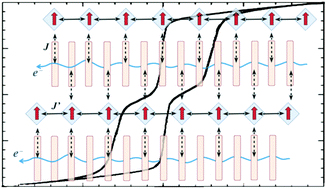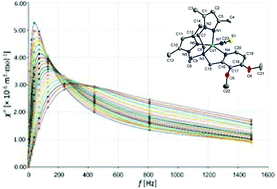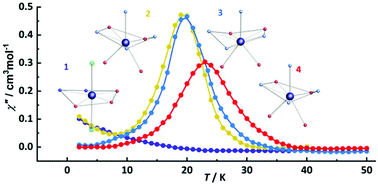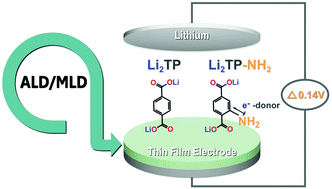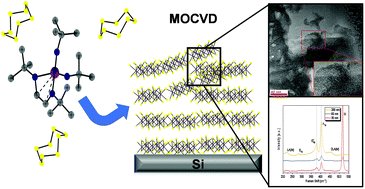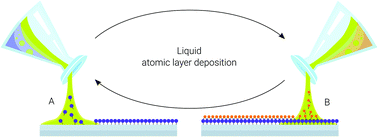We are delighted to announce our new spotlight collection on Photoinduced redox chemistry. Spotlight Collections are ongoing themed collections highlighting the best past and present work in Dalton Transactions.
This collection demonstrates the incredible breadth of ground-breaking research being undertaken in the area of photoinduced redox chemistry all over the world.
Many classes of inorganic complexes and materials can participate in photoinduced redox chemistry, in which absorption of a photon generates an excited state that then undergoes an electron-transfer event with a redox partner. Many classes of inorganic compounds spanning a large portion of the periodic table, including transition metal and f-element coordination compounds, organometallic complexes, MOFs, nanomaterials, and extended inorganic solids, can undergo photoinduced redox chemistry. Fundamental studies of the thermodynamics and kinetics of these excited-state redox processes remain important, as they continue to reveal key insights into how ligand design, electron configuration, molecular structure, crystal structure, environment and composition affect the excited-state redox chemistry of these many categories of inorganic compounds. Moreover, photoinduced charge transport processes involving inorganic compounds are important elementary steps in several applications, including but not limited to solar fuels, organic photoredox catalysis, dye-sensitized solar cells, and photodynamic therapy.
This Spotlight Collection covers various aspects of photoinduced redox chemistry in inorganic compounds including excited-state redox processes involving new inorganic materials, the development of novel systems for studying and optimizing these processes, and studies using known compounds for applications related to photoinduced charge transport, highlighting the important roles that existing inorganic compounds can play in these areas. This collection will showcase the combined roles that synthetic and physical inorganic chemistry, including time-resolved spectroscopy and computational studies, play in driving fundamental and applied research in this continually evolving field of research.
This collection is guest edited by Dalton Transactions Advisory Board member Prof. Thomas Teets (University of Houston), Prof. Dr. Katja Heinze (Johannes Gutenberg University Mainz) and Prof. Paul Elliott (University of Huddersfield).

Prof Paul Elliott |

Prof Dr Katja Heinze |

Prof Thomas Teets |
See the full collection as it grows on our collection webpage, and check out a selection of articles below:
|
Xinlin Li, Sreehari Surendran Rajasree, Jierui Yu and Pravas Deria* |
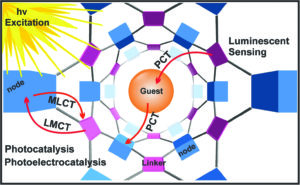 |
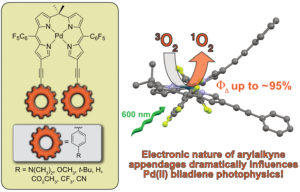 |
Maxwell I. Martin, Trong-Nhan Pham, Kaytlin N. Ward, Anthony T. Rice, Phoebe R. Hertler, Glenn P. A. Yap, Philip H. Gilmartina and Joel Rosenthal* Dalton Trans., 2023, 52, 7512-7523 |
|
Pragati Pandey, Qiaomu Yang, Michael R. Gau and Eric J. Schelter* Dalton Trans., 2023, 52, 5909-5917 |
 |
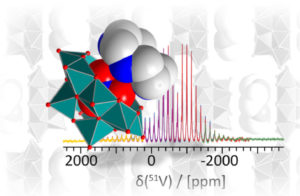 |
Stefan Repp, Kim Lara Junginger, Dieter Sorsche, Theresa Zorn, Ann-Christin Pöppler,* Yuji Kikukawa,* Yoshihito Hayashi* and Carsten Streb* Dalton Trans., 2023, 52, 4002-4007 |
|
Visible light induced formation of a tungsten hydride complex Diane P. Isaacs, Cole T. Gruninger, Tao Huang, Aldo M. Jordan, Genique Nicholas, Chun-Hsing Chen, Marc A. ter Horst and Jillian L. Dempsey* Dalton Trans., 2023, 52, 3210-3218 |
|
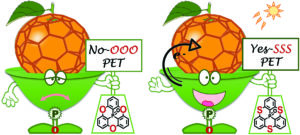
|
Photoinduced electron transfer in non-covalent complexes of C60 and phosphangulene oxide derivatives |


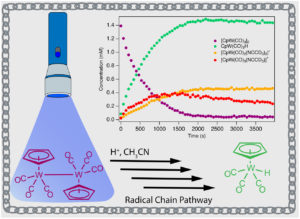











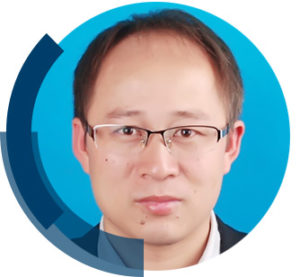
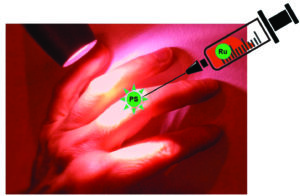

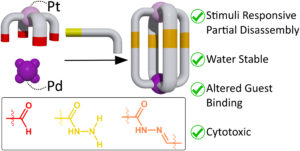
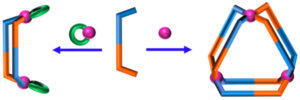
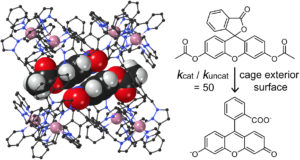
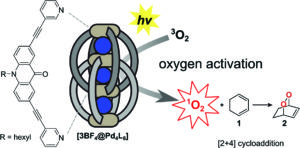


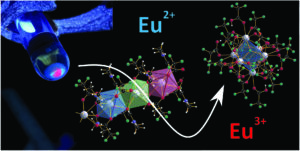
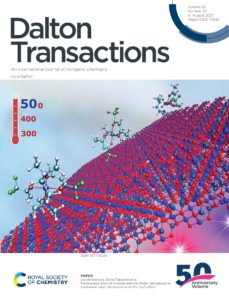
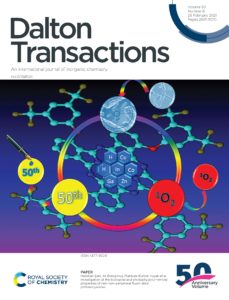

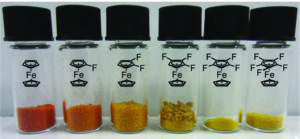
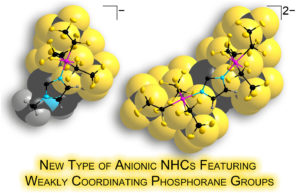
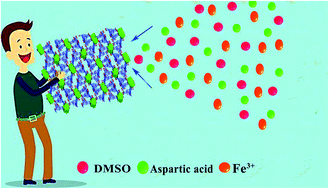
 Engineering design toward exploring the functional group substitution in 1D channels of Zn–organic frameworks upon nitro explosives and antibiotics detection
Engineering design toward exploring the functional group substitution in 1D channels of Zn–organic frameworks upon nitro explosives and antibiotics detection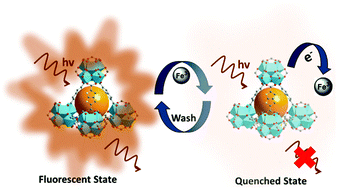 The effect of functional groups in the aqueous-phase selective sensing of Fe(III) ions by thienothiophene-based zirconium metal–organic frameworks and the design of molecular logic gates
The effect of functional groups in the aqueous-phase selective sensing of Fe(III) ions by thienothiophene-based zirconium metal–organic frameworks and the design of molecular logic gates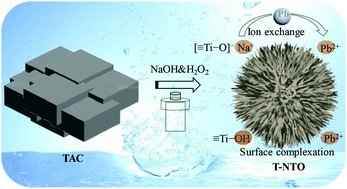 Two-dimensional MAX-derived titanate nanostructures for efficient removal of Pb(II)
Two-dimensional MAX-derived titanate nanostructures for efficient removal of Pb(II) Few-layered MoSe2 nanosheets as an advanced electrode material for supercapacitors
Few-layered MoSe2 nanosheets as an advanced electrode material for supercapacitors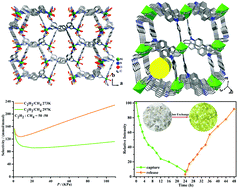 Neutral ligand TIPA-based two 2D metal–organic frameworks: ultrahigh selectivity of C2H2/CH4 and efficient sensing and sorption of Cr(VI)
Neutral ligand TIPA-based two 2D metal–organic frameworks: ultrahigh selectivity of C2H2/CH4 and efficient sensing and sorption of Cr(VI)